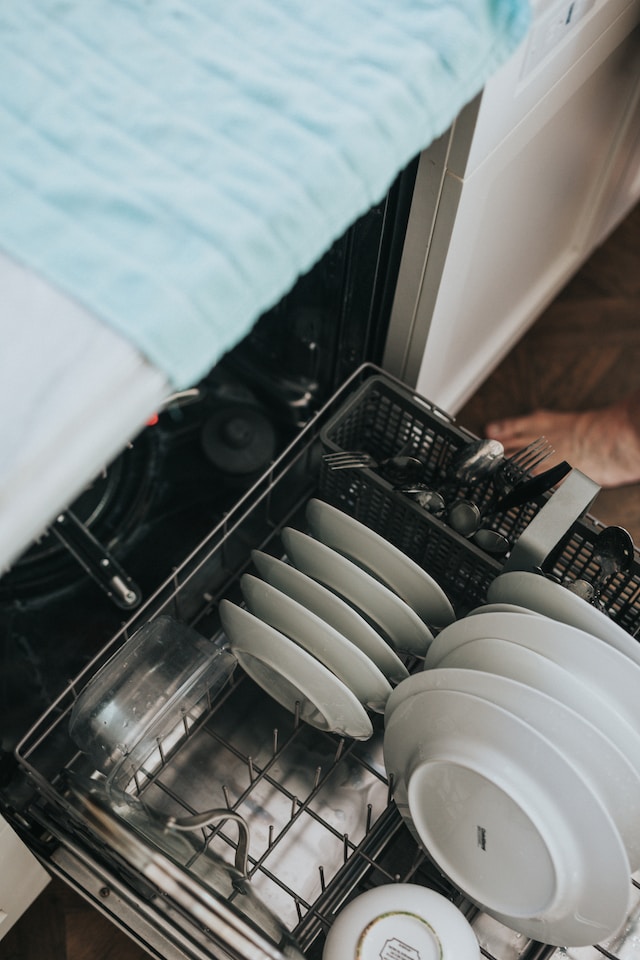
A Step-By-Step Guide to Proper Dishwasher Installation
Installing a dishwasher can be a difficult task. Many steps include unpacking the appliance, routing water supply and drain lines, and connecting electrical wires.
This article will guide you through the process step-by-step. You should also read your appliance’s product manual for more information.
Unpacking the Appliance
Whether replacing an old dishwasher or installing one for the first time, ensuring all the water, electrical, and drain lines are connected correctly is essential. Turn off the electricity and water supply to the existing dishwasher. Identify the correct breaker by looking at its label inside your home’s box and finding it on the panel.
Once you’ve flipped the breaker off, remove the access panel from your sink to reveal the connections. Now, lay the new dishwasher on its back and remove the cover from the connecting area underneath.
Routing the Water Supply and Drain Lines
Unless your dishwasher has front hookups, route the power cord, drain hose, and water supply line through the sink cabinet. Most manufacturers provide a 90-degree elbow fitting that prevents the hose from arching higher than the sink drain inlet. For new dishwasher installation Maryland, some plumbing codes require a high-loop connection that prevents the backwash of water and sewage into the home.
The dishwasher drain hose connects using a dual-outlet valve, similar to those found under sink faucets and toilets. The hose should be attached to the dishwasher 90 and tightened by hand, then given a quarter-to-half turn with pliers.
Connecting the Electrical Supply
Your dishwasher may have a hardwired power cord or can plug into an electrical outlet. If it has a plug-in cord, you can reuse an existing one or purchase a new cord with a 3-prong plug.
Identify the power supply wire connection housing, usually a junction box under the sink. Remove the cover and feed the power cord into it. If there are three exposed wires, use electrical wire nuts to join the matching colors (e.g., white to white and black to black).
Some dishwasher models have groves that hold the power cord and water supply hose to prevent kinks and tangles. Connect them as instructed by the product manual.
Installing the Air Gap
Many plumbing codes and regulations require that dishwashers be equipped with an air gap to prevent the siphoning of contaminated wastewater from the sink drain into clean dishes. In a simple device, an air gap consists of two segments joined by a tube that the dishwasher hose connects to. The small leg of the air gap is attached to the dishwasher drain hose, and the second leg runs downward through the garbage disposal or into the kitchen sink. Secure the hoses to the air gap with stainless steel hose clamps.
Turn off the power, water, and drainage lines before working on the air gap. Place the air gap in a location on your sink ledge or countertop and secure it with PVC glue and pipe fittings if necessary.
Connecting the Drain Hose
To avoid sewer gases from leaking into your kitchen, the dishwasher drain must be connected before the P-trap. It requires removing the trap, disconnecting the drain hose, and reconnecting it.
Tilt the dishwasher on its back to make plumbing and electrical connections more accessible. To gain access to the inside of the equipment, you should remove the front access panel and the toe panel (if applicable). Find the junction box a square metal cover that holds three exposed wires.
Flip the house circuit breaker to shut off the dishwasher’s electrical power and water line or valve. Locate the drainage connection point and open it to disconnect the old drain hose. Thread the new hose into place and tighten the hose clamp.
Installing the Unit
A dishwasher is a labor-saving appliance that can save you from the monotonous task of hand-washing dishes. Before you begin, it’s a good idea to familiarize yourself with the steps of your dishwasher’s manual and gather all the tools you need.
Shut off the water supply line under your sink and disconnect the drain hose. Install a new shut-off valve on the existing water line and connect a stainless steel braided supply line to the valve. Route the water supply line to the dishwasher’s 90-degree elbow fitting and connect. Attach the drain hose to the drain port and connect the power cord through the terminal box, following your dishwasher’s manual instructions.


